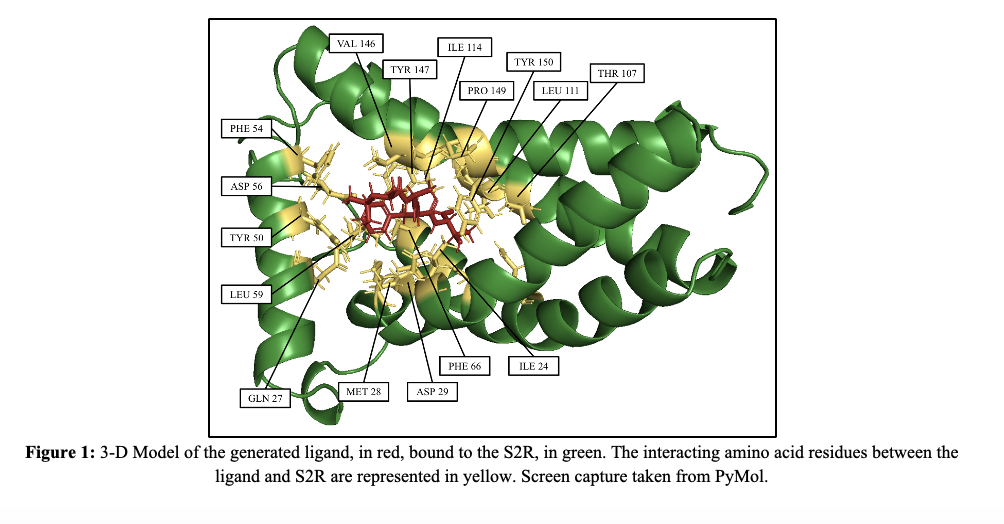2024 AIChE Annual Meeting
Computer-Aided Ligand Design for the Sigma-2 Receptor to Increase Anti-Neuropathic Pain Activity
Neuropathic pain has a massive impact on a patient’s quality of life, typically occurring in the aftermath of diabetes, chemotherapy, aging, or obesity. Despite currently affecting between 7-10% of the U.S. population, established treatments directed towards neuropathic pain are limited. The treatments currently in use for neuropathic pain are tricyclic antidepressants or non-steroidal anti-inflammatory drugs (NSAIDs). These medications are not made to address the biological mechanisms of neuropathic pain, instead focusing on mitigating its symptoms. Therefore, there is an unmet need for safe and effective therapies that address the underlying molecular mechanisms of neuropathic chronic pain. The sigma-2 receptor (S2R) is abundant among the peripheral nervous system (PNS) and has a proven capacity to produce anti-allodynic effects. This study will utilize computational methods to de novo design therapeutic peptides that selectively block S2R binding of its cognate ligand to alleviate S2R-associated neuropathic pain. Using the Rosetta suite of macromolecular modeling functions parsed with RosettaScripts, five thousand mutagenesis runs were completed to produce 405 unique peptide sequences. The top ten sequences with the lowest binding energies were tested further using conformer RMSD analysis. The ligands will be then synthesized via solid-phase peptide synthesis and tested in vitro to validate in silico peptide design. Subsequent in vivo studies will assess the anti-neuropathic pain effects of the ligands generated.


